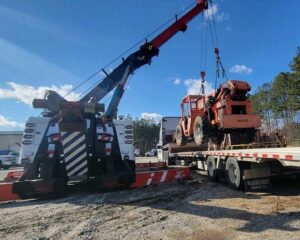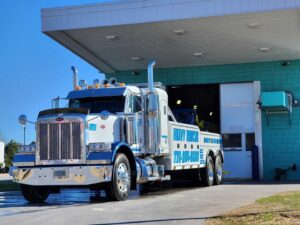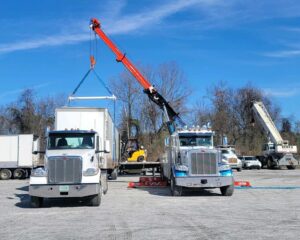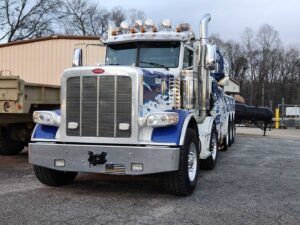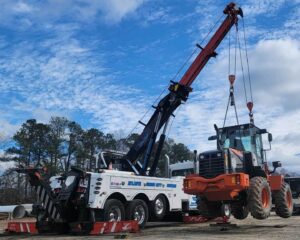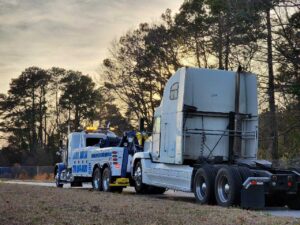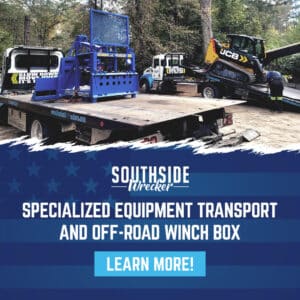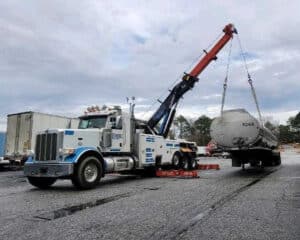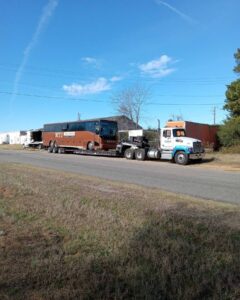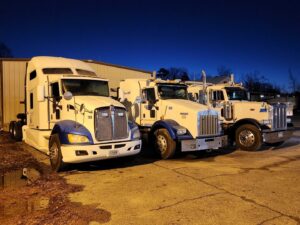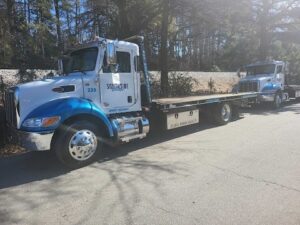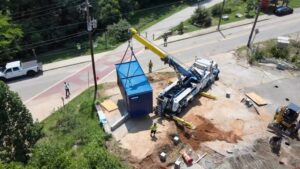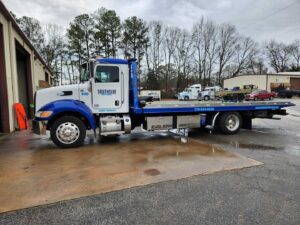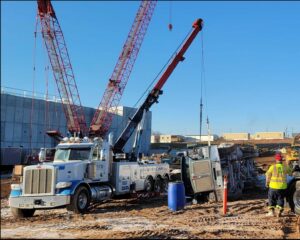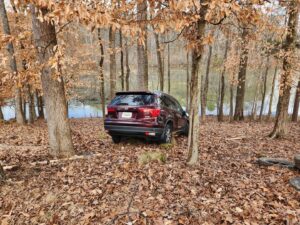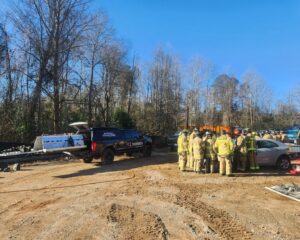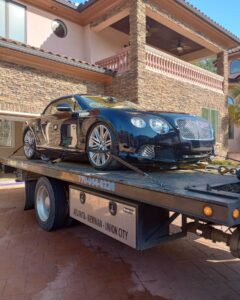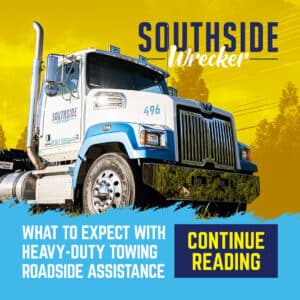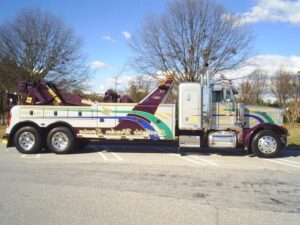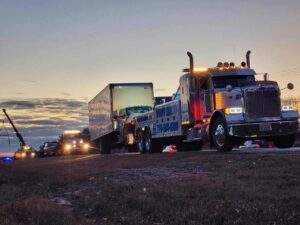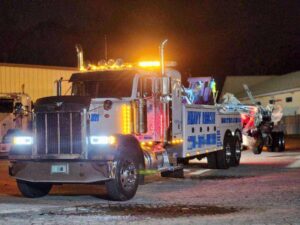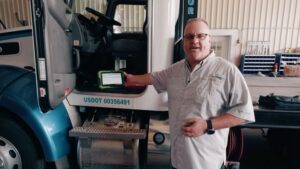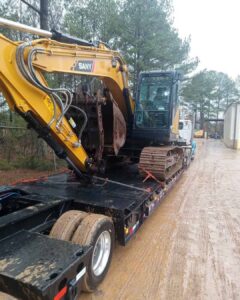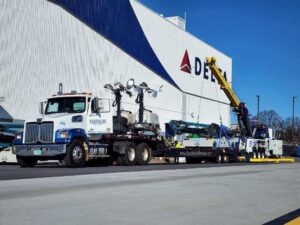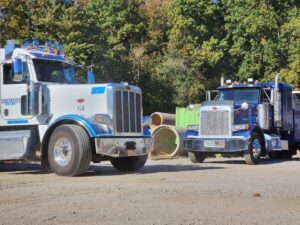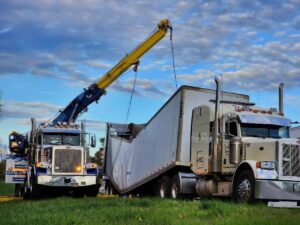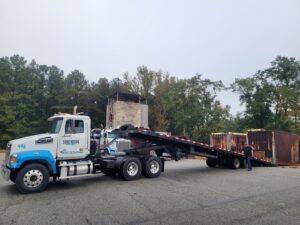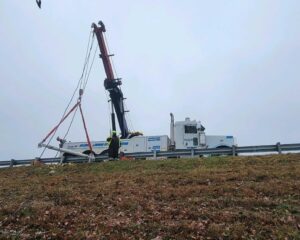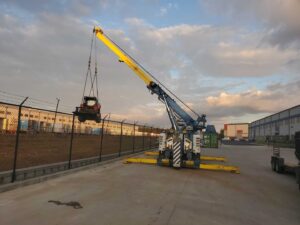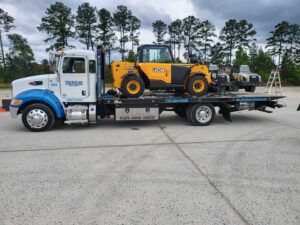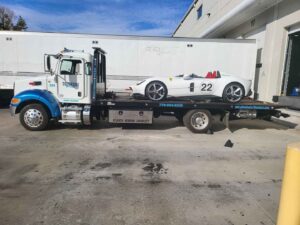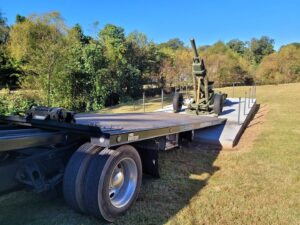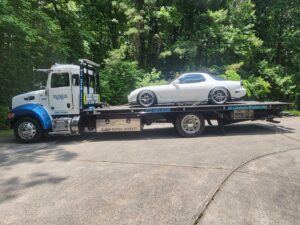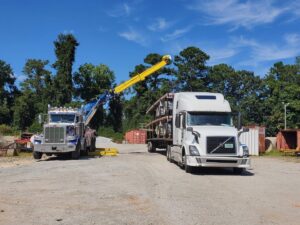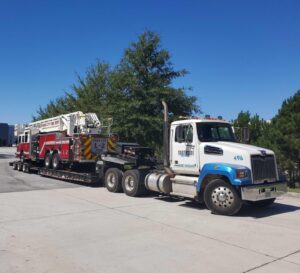What Is Hydroplaning & How To Avoid It
Georgia summers are made of lots of super-hot days and short but powerful storms. Since driving in the rain cannot always be avoided, you need to be prepared to minimize the risks. Hydroplaning can happen even when there is minimal rain on the roads. As a company providing wrecker services, Southside Wrecker has had to come to the scene after hydroplaning has happened very frequently. Hydroplaning is dangerous for you and all the motorists around you as well. We want to help you be prepared when you find yourself driving on a rainy day.
What is Hydroplaning?
Simply put, hydroplaning is the unfortunate circumstance which happens when there is too much water standing on the road and your tires have poor traction. You can lose control of your car and feel as if your car is spinning on a sheet of ice. When a driver first senses the loss of control, they can become panicked which will often cause a crash.
When Does Hydroplaning Typically Happen?
Even if the standing water on the road is only a 12th of an inch, the water level combined with a speed of over 35 can quickly lead to hydroplaning. Highways can be especially dangerous because they typically do not have good drainage, the cars are usually going faster than 35, and there are many lanes full of cars. If you are on a highway when a moderate or heavy storm hits, slow your pace or find a safe place to exit.
What Should I Do If I Start Hydroplaning?
Stay as calm as you can. You will stay in better control if you are not panicking. The first and most important rule of hydroplaning: do NOT slam on your brakes. Although slamming on your brakes in danger feels natural, this will put you and other motorists in greater danger. Keep your hands firmly on the wheel and steer the car towards the direction your vehicle is sliding. Remain calm while you regain control of your vehicle. After you are in control, we recommend pulling off the road to give yourself time to breathe.
How Can I Avoid Hydroplaning?
Here are some tips which can decrease your chances of hydroplaning:
- Avoid driving above 35 when it is raining.
- Keep your tires at the ideal pressure.
- Replace your tires when the tread is wearing down.
- Try not to drive over puddles or standing water.
- Turn off cruise control when you are driving in the rain.
- Avoid making sharp turns or sudden movements while driving in rainy conditions.
- Do NOT slam on the brakes.
If you need roadside assistance, the team at Southside Wrecker is standing by 24/7 to help in your emergency.
